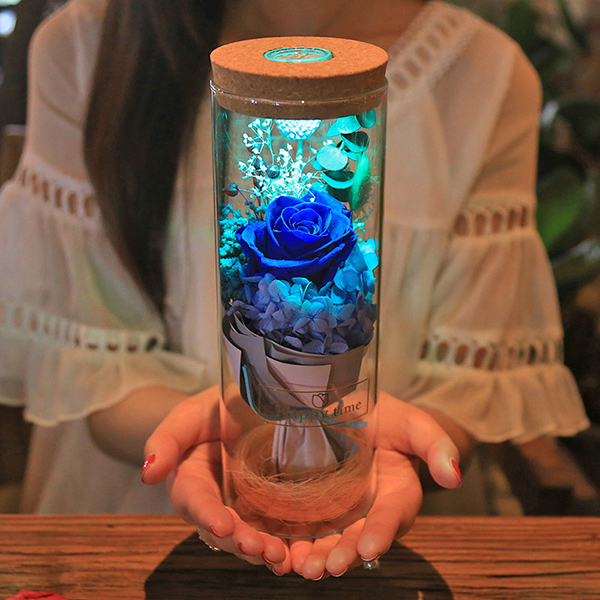Produce Exceptional Surprises for Particular People
Nor would there be much space for the arts, but not for all those arts which flourish on astounding or rattling the public. There would definitely be little scope for game, because the consequence of every competition would be known beforehand. There could be little space for experience and exploration; there would not be a discovery, either good or poor. Consequently, there could also be no room for the development of new understanding, no less understanding beyond what simply assembles infinitesimally on which already exists and that appears to find favor with a specific genre of academic publishing. What a shameful, dull world this is!
And nonetheless surprises are much from a direct boon. Surprises bring delight however they also bring difficulty. Eliminating surprises surely reduces stress and induces a feeling of being in management.
Delight is ineluctably connected to surprise, as boredom would be to regular. Since Freud himself may have said,'' Eros engineers that the sudden as the death instinct is quietly working towards inertia. Interesting comes from activities and thoughts that venture into new lands and transgress borders. That is exactly what creates forbidden love more intriguing than traditional ones, undeserved victories sweeter than penalizing ones, and accidental discoveries much more tasty than ones that are predictable.
Quests for knowledge could be pushed by uncertainty and curiosity from the face of puzzles in addition to by the worries of technical problem solving (Gherardi, 1999; 2004). Doubting orthodoxy, contended Adorno (1954-8/1984), signifies the innermost regulation of this essay, thus composing essays (compared to many published scientific papers) is, basically, a heretical artwork. 'By transgressing the orthodoxy of thought, something becomes observable in the thing which it's orthodoxy's secret goal to maintain imperceptible'
What kinds of surprises may be welcome?
By doing something which needs doing and the loved one might not have enough time, tools, or abilities to perform, a surprise not only gets the job done but may bring the extra aid of carrying it from the to-do list. Unfinished business is a massive energy drain.
Supplying beauty. Flowers mysteriously show up on the dining table. The bed pillows are organized in a fresh and appealing design. He serves a supper which appeals to the eye in addition to the palate. Every morning I dress attentively. When residing in Paris, I'd discovered that local girls carefully place themselves together so as to bring smiles to people they experience. This standard Parisian nod to the way we're connected convinced me investing only a couple of minutes daily hoping to deliver a moment of delight was an effortless means to add admiration on earth.
Supplying beauty. Flowers mysteriously show up on the dining table. The bed pillows are organized in a fresh and appealing design. He serves a supper which appeals to the eye in addition to the palate. Every morning I dress attentively. When residing in Paris, I'd discovered that local girls carefully place themselves together to be able to bring smiles to people they experience. This standard Parisian nod to the way we're connected convinced me investing a couple of minutes daily expecting to deliver a moment of delight was an effortless means to add admiration on earth.
A surprise which reveals knowledge of this adored one reflects a degree of familiarity, confirming comfort with closeness. Flowers for someone who's allergic to them isn't a nice surprise; possibly a bottle of her favourite jam are a much better alternative. My husband knows that I dislike emptying the dishwasher and frequently surprises me once I open it and locate it in pristine condition.
How have you surprised someone that you love? Did you ever get an unwanted surprise and after that, most ambitious, manage to spell out why your response wasn't the one anticipated? In what ways did this trade impact your relationship?
Here's a present We're going to present that will give surprise for you
This Gorgeous LED increased lamp makes for the perfect present
It's a top borosilicate glass lampshade that's tempered and durable.
Switch on Bluetooth and sound Bluetooth to play audio directly.
Having an LED lamp series, can be utilized as the night lighting from the bedroom.


